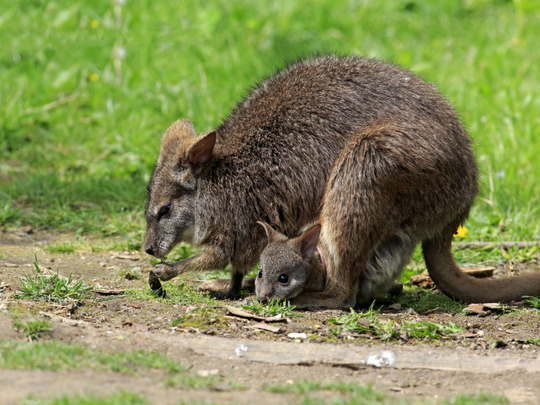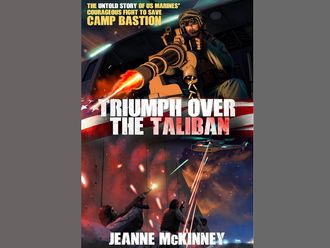
Recently on a quiz show, a contestant got asked to name the smallest woodwind instrument. Sitting in my armchair, I plonked for the oboe, but as it turned out my guess was incorrect. It’s the piccolo. Deriving its name for the Italian for ‘small’, it is a half-size flute.
These days, piccolo is more likely to be associated with coffee, a small, half-size latte. (The smallest string instrument in the orchestra is the violin, although the smallest instrument in the world, I believe, is the nano-harp.) Anyhow, this piccolo business got me thinking. I wondered if Australia was maybe home to some of the world’s smallest curiosities. Turns out that’s not the case. The only ‘small’ fact I could find was that Australia is the smallest continent while also being the world’s largest island. So, I shifted perspective and began looking at any bigness, or uniqueness, that my adopted country might have to offer.
Well, strap yourselves in as they say because I learned a heck of a lot of big facts. Australia may only be the sixth largest country in the world — after Russia, Canada, the United States, China and Brazil — but it has more than 8,000 islands, Tasmania being the largest. Eight thousand? I had to peer at the print twice. But it’s true. I had barely got over rubbing my eyes in disbelief when I stumbled on another fact: located in South Australia, the Anna Creek Station is the largest cattle station in the world (three times as many sheep as there are people in Australia) and covers more than 30,000 sq km! I reckon that exclamation mark at the end is warranted. 30,000 sq km? That makes this cattle station larger than Belgium!
I think it’s a comparative stat like that which tips one off about the sprawling nature of the country. The Dingo Fence, or Dog Fence, was started in the 1880s and finished in 1885. It was built to protect flocks of sheep and keep out predatory wild dogs, or dingoes. It stretches a massive 5,614km, which is said to be around 600km longer than the first Great Wall of China built by Emperor Shin Huang of the Qin dynasty. (Of course, succeeding dynasties added to the wall which, in 2012 was said to be 21,000km in length.)
Australia is also home to the only two mammals in the world that lay eggs to give birth: The echidna and the platypus. And a platypus (that cute, strange looking little thing) can possess enough poison to kill a dog or make a human seriously ill. The koala, another unique rarity, apparently sleeps for as long as 20 hours a day (only just a little longer than some weekend-loving Australians, jokes my prankster mate, Barney, who reckons contrarily that the only time some Aussies are indeed awake is on the weekend.)
Australia may be home to some of the most venomous snakes, along with sharks and salt water crocodiles, but the one guilty of taking the most lives every year is the box jellyfish! On the subject of crocodiles, Barney says that one way of deterring them from attacking is to try to poke them in the eye with your finger. It’s a gamble I’m not willing to take. No way! If I see a crocodile, it’s going to be on my television screen and I’m going to be seated at least six feet away, just in case. But one of the nicest facts has to do with Australia’s coat of arms, which features a kangaroo and an emu. Apparently, these two were chosen because they cannot walk backwards and thus represent a forward-looking society.
Kevin Martin is a journalist based in Sydney, Australia.





_resources1_16a31069e4e_small.jpg)






